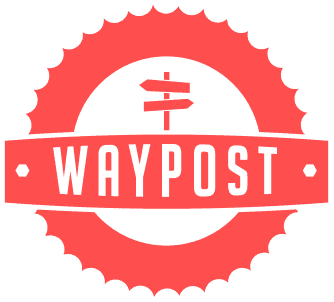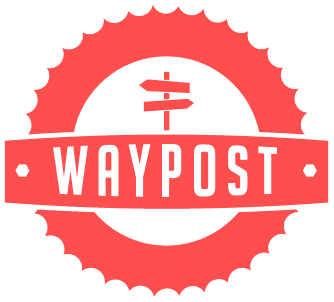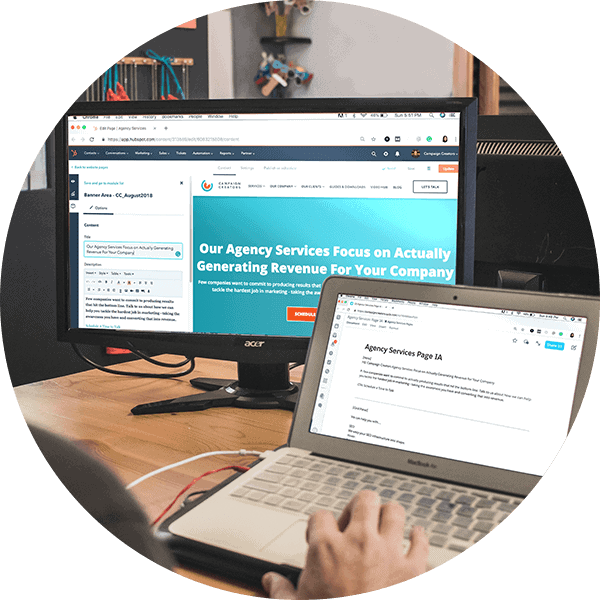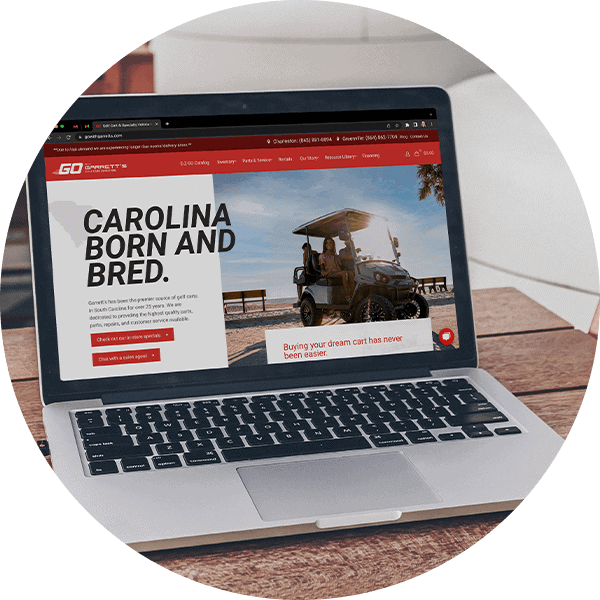
3 Ways To Improve Search Engine Optimization On Your Site
October 8, 2015
10 Questions To Ask Yourself Before You Call A Web Design Company
November 19, 2015I think by now we all know how to use different social media platforms in our own personal lives, but using them professionally is a whole different story—after all, tweeting for yourself and tweeting for your business require two completely different styles of tweeting.
Social media marketing provides an opportunity to build brand recognition regardless of where you’re posting, but each platform offers its own unique experience… so should your business really be on every social media site? With more and more platforms becoming available every day, it can be hard to keep up with where you need to establish a presence. Here’s a list of pros and cons for 6 of the biggest and most popular social media platforms that will help you start making profiles in the right places.
“Should I be on [insert social media platform]?”
Regardless of where you choose to create a profile, social media platforms all share a few pros and a few cons. The pros? Social media profiles are great for SEO, make it easy to measure engagement, and are free to join and maintain! The cons? Posting new content and maintaining the account will take a lot of time and effort, as will building up a substantial number of followers. So, which platforms should your business invest its time and effort in? Let’s weigh the pros and cons of Facebook, Twitter, Instagram, LinkedIn, Google+, and Pinterest:
Pros of using Facebook:
- With over 1 billion users, you’re guaranteed to have a large number of people within your target audience.
- This platform lends itself well to engagement as people who like your page can react to, comment on, and share your posts.
- Not only can you share new products and updates, but you can share basic company information like your address, hours, and phone number.
- If you so choose, you can pay to boost your posts to reach a wider audience or even capture new leads with Facebook Lead Ads.
- You can post pictures, videos, and links with ease.
- The use of hashtags makes it easy for you to spread your messaging to an audience that is searching within Facebook for what you have to offer.
Cons of using Facebook:
- Any negative feedback will be highly visible.
- With each of the billion users having several personal connections and liked pages in their timeline, your post may get lost in the mix.
- The messaging feature may lead to more messages and inquiries from followers than your company is able to handle.
- With Facebook’s most recent algorithm update favoring content from your friends and family over brands, investing in paid advertising is the best to guarantee you’ll be seen.
Pros of using Twitter:
- The use of hashtags makes it easy for you to spread your messaging to an audience that is searching within Twitter for what you have to offer.
- Your followers can easily favorite your posts and retweet your messages to their followers; the opposite is also true (you can favorite and retweet your followers’ content) which leads to high levels of engagement.
- The 280 character limit does post a challenge, yet the limit forces you to be concise and get to the point.
- Links automatically shorten, meaning you won’t waste any more characters than necessary.
Cons of using Twitter:
- If your followers follow a lot of other accounts, your tweets could easily be pushed to the bottom of their feed and go unnoticed.
- Posting identical tweets to multiple accounts, performing simultaneous actions multiple accounts, and scheduling & automating identical tweets to the same account are all now against Twitter’s latest Terms of Service.
- Negative tweets can take on a life of their own and quickly spread throughout the site.
Pros of using Instagram:
- One of the fastest growing social media platforms (especially with millennials) in terms of both number of users and amount of engagement.
- The use of hashtags makes it easy for you to spread your messaging to an audience that is searching within Instagram for what you have to offer.
- If you have a wide variety of products to showcase, this photo-sharing application is perfect for showing them off.
- Until recently you could only post through a mobile device, but now you can easily post through a laptop or a desktop with HubSpot.
Cons of using Instagram:
- While you are able to post links in your profile description, you are not able to do so in individual post descriptions.
- Because of the highly visual nature of the site, Instagram doesn’t lend itself as well to service-based companies as it does to those who sell products.
- You can only share other people’s posts through a separate app called Regram.
Pros of using LinkedIn:
- LinkedIn is highly professional in nature, so by using it correctly you can establish yourself as a trustworthy company who is an expert in your field or industry.
- Once you publish a post the content is available sitewide; this means that not only will your followers see it, but potential new followers may come across it as well.
- Those on LinkedIn kind of naturally segment themselves by industry, so once you’ve made an account and have established yourself, you’ll fall into your niche with others who will appreciate your content.
- Not only can you share your company’s new products/services and industry updates, but you can share basic company information like your address, hours, and phone number.
Cons of using LinkedIn:
- Those who spend their time on LinkedIn are generally business professionals; if your audience doesn’t match that description (stay-at-home moms, teenage boys, etc.) this may not be the platform for you.
- Because of the site’s more discerning audience, it will take quite some time for you to actually gain their trust and establish yourself as the expert you are.
Google+
Pros of using Google+:
- Google+ content gets indexed nearly instantly, showing up in search engine results within an hour of being published.
- For location specific searches (“best pizza places near me” or “dog groomers in greenville sc”), Google prioritizes results for businesses with Google+ accounts because businesses with Google+ accounts are also on Google Maps.
- The use of hashtags makes it easy for you to spread your messaging to an audience that is searching within Google+ for what you have to offer.
- You have the opportunity to host Google Hangouts which are a unique way to facilitate engagement with your audience.
- You can segment your audience into different circles and share more highly targeted information within the appropriate circles.
Cons of using Google+:
- Millions of people have accounts, but aren’t necessarily active on the site.
- Many people find the platform cluttered and overall hard to use and navigate, meaning your content could easily get lost in the mix and never seen at all.
Pros of using Pinterest:
- If you have products to showcase, this photo-sharing application is perfect for showing them off with the added bonus of being able to link each post to your webpage of choice.
- The website allows its users to pin posts to specific boards which allows them to easily save and find your content.
- When a user pins a post to one of their boards, it is automatically shared with that user’s followers.
Cons of using Pinterest:
- Because of the highly visual nature of the site, Pinterest doesn’t lend itself as well to service-based companies as it does to those who sell products.
- The site’s audience is predominately made of women; if your product or service has a predominately male audience, this may not be the best platform for you.
Finding the right mix of these accounts (and more!) will depend on the nature of your business, industry, and audience. If you’re still not sure where to establish yourself in the sea of social media platforms, give us a call at (864) 288-6162 or contact us online; we’d love to learn more about what you have to offer and help you get the word out in the right places to the right people! If you’re ready to get started now, click the banner below to schedule a consultation!








